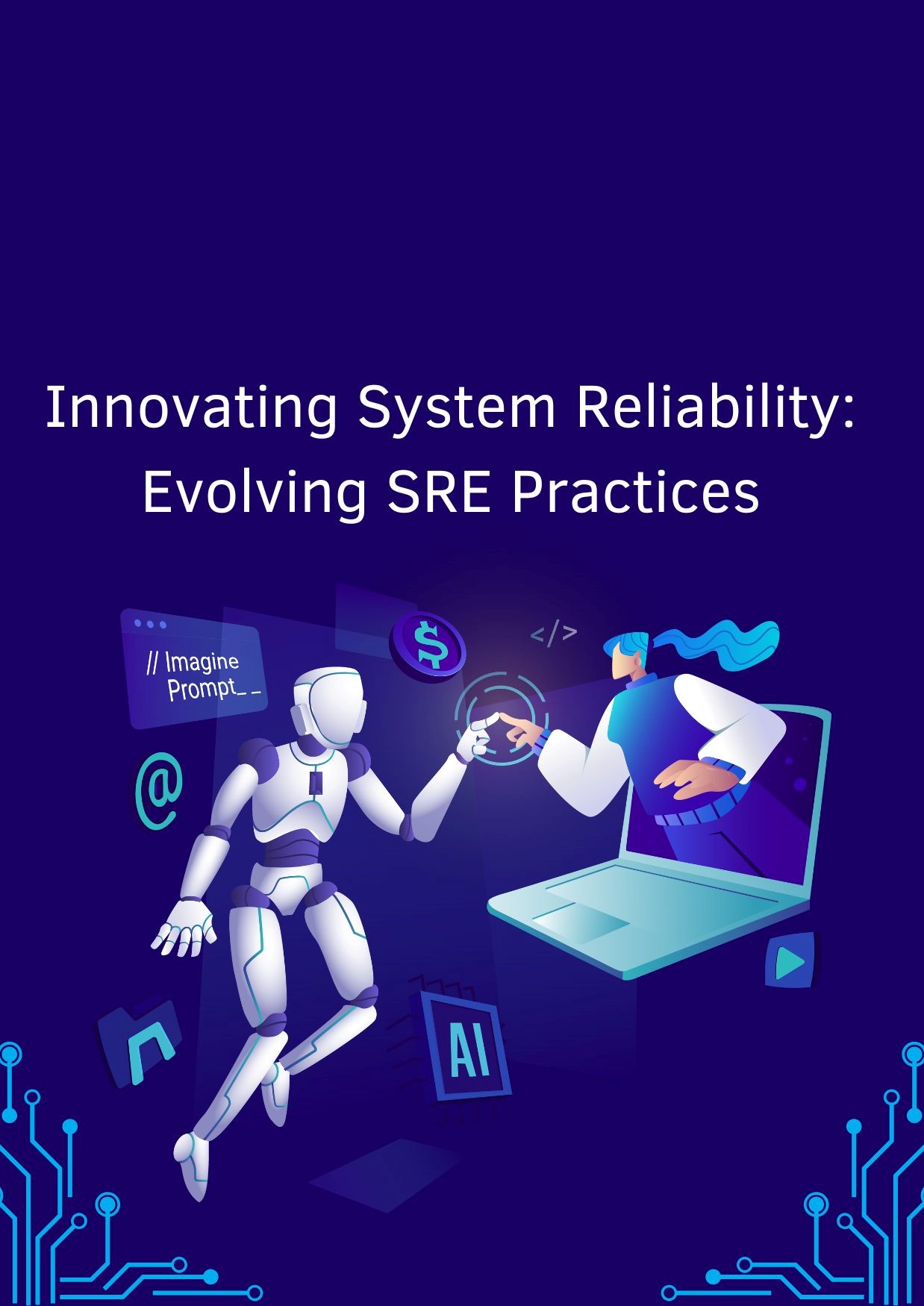Innovating System Reliability: Evolving SRE Practices
The evolving field of Site Reliability Engineering (SRE) is examined by Nagarjuna Malladi, who highlights how innovations are transforming the discipline to tackle modern IT challenges. Initially rooted in operational problem-solving, SRE practices are advancing through the integration of technologies like AI, automation, and cloud-native strategies, enhancing the reliability and efficiency of complex digital systems.
Embracing AI and Machine Learning for Proactive Management
Integrating AI and ML into SRE practices is revolutionizing system management by enabling proactive and efficient approaches. Predictive analytics uses historical data to anticipate potential issues, allowing teams to address risks before disruptions occur. AI-driven anomaly detection tools continuously monitor system behavior, quickly identifying deviations to resolve emerging problems faster. Automated root cause analysis accelerates incident management by processing large datasets to pinpoint causes more accurately. Additionally, AI-based automation streamlines routine tasks, including configuration management and capacity planning, freeing teams for strategic initiatives.
Navigating Cloud-Native Environments
Cloud-native architectures, with containerization and microservices, introduce unique challenges for SRE, requiring new strategies to maintain reliability in dynamic environments like serverless computing. Distributed tracing enhances visibility into service interactions, enabling teams to optimize performance and resolve issues more efficiently. As Kubernetes emerges as the standard for container orchestration, SRE practices have evolved to handle tasks such as cluster autoscaling, service mesh deployment, and custom resource management. Additionally, cloud-native security practices, including runtime protection and image scanning, ensure robust protection across the entire software lifecycle.
Advancing Observability and Monitoring Techniques
Enhanced observability practices are vital for gaining in-depth insights into system behavior, providing essential tools to uphold reliability in intricate environments. Distributed tracing offers comprehensive visibility across microservices, allowing teams to identify performance bottlenecks and streamline debugging efforts. Advanced log analytics, enhanced by machine learning, detect data patterns and anomalies, enabling faster issue resolution. Additionally, synthetic monitoring simulates real user interactions across various scenarios, proactively identifying potential issues from the end-user’s perspective. These approaches work together to ensure a consistent, high-quality experience across distributed systems by addressing problems before they escalate.
Evolving Chaos Engineering for Greater Resilience
Chaos engineering has evolved from a novel concept to an essential approach for validating system robustness. The adoption of “Chaos Engineering as Code” integrates chaos experiments into continuous integration and deployment (CI/CD) workflows, allowing for consistent, automated, and repeatable testing. This approach helps uncover vulnerabilities in cloud-native environments, including Kubernetes and serverless architectures, where traditional testing may fall short. By intentionally injecting failures and testing system responses, teams can proactively strengthen system resilience and improve overall reliability.
Automating DevOps for Enhanced Efficiency
Automation is crucial in SRE, especially with the increasing complexity of systems. Infrastructure as Code (IaC) enables infrastructure management through code-based configurations, ensuring consistency across environments and allowing rapid scaling to meet demand. GitOps extends these principles by using Git workflows for infrastructure management, facilitating automated deployment and easy rollbacks. Comprehensive automation platforms integrate monitoring, incident response, and self-healing capabilities, significantly reducing manual intervention. This approach not only boosts system reliability but also frees teams to focus on strategic projects and continuous improvement.
Addressing Emerging Challenges in SRE
The future of SRE involves tackling emerging challenges, such as linking reliability practices to measurable business impact and adapting to evolving technological landscapes. Establishing standardized metrics that align SRE efforts with business outcomes is crucial for justifying investments and guiding strategic decisions. As technologies like edge computing and the Internet of Things (IoT) continue to expand, SRE practices must evolve to maintain the reliability and security of decentralized, heterogeneous systems across diverse environments.
The Future of SRE Practices
As SRE practices evolve, the focus will be on adopting advanced tools and techniques to enhance system resilience. Emphasizing AI, cloud-native strategies, automation, and observability enables organizations to effectively handle the complexities of modern IT infrastructures. This approach helps minimize downtime, optimize performance, and ensure robust, reliable systems in dynamic and distributed environments.
In conclusion, Nagarjuna Malladi emphasizes that ongoing innovations in SRE are essential for empowering organizations to develop resilient, scalable, and efficient systems amid a constantly evolving digital landscape. As technology progresses, SRE practices will adapt accordingly, driving the future of system reliability, operational excellence, and continuous improvement.

